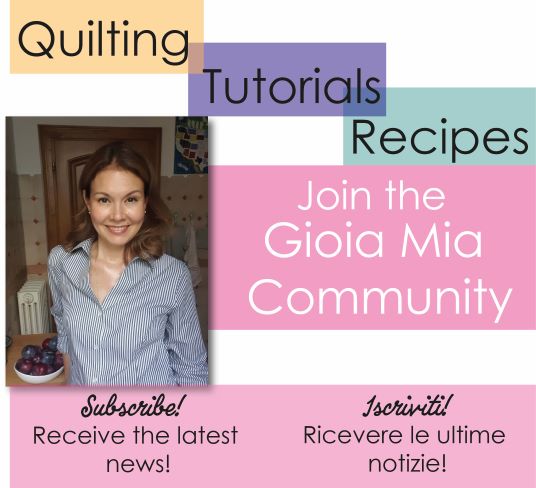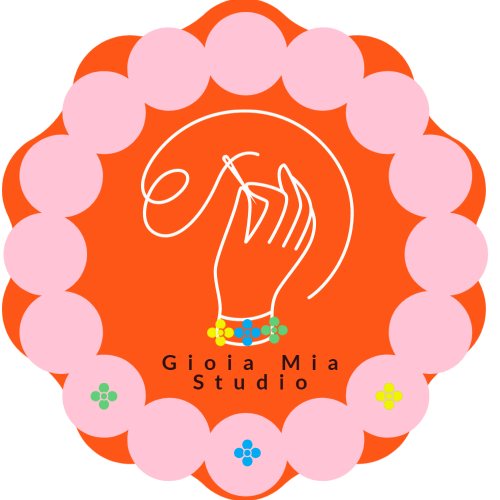Sewing Machines: How to Choose One
blog, photos, links, video
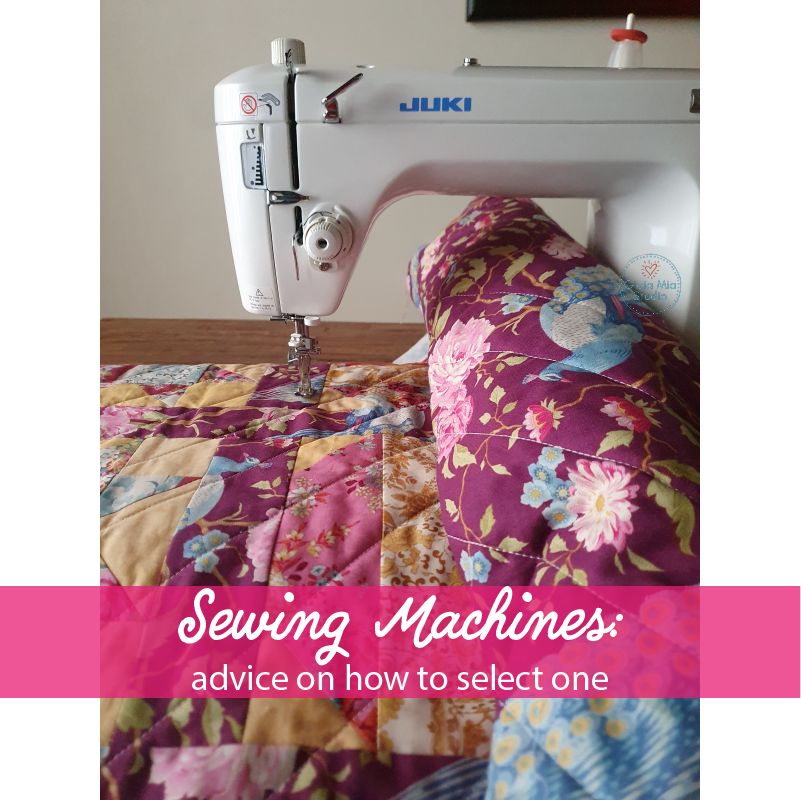
Juki T-98Q
When I was very little, I asked to use my mom’s sewing machine. My mother told me I had to wait until I was seven years old. In the meantime, she said I could practice with a needle and thread. The needle and thread were lame and I wanted to drive that sewing machine. When I turned the magic number seven, I didn’t waste anytime reminding my mom of her promise. She showed me how to sew on her machine it was instant love for sewing. For my twelfth birthday, my parents gave me my own sewing machine. A small mechanical machine by Husqvarna-Viking, the perfect machine for a budding teen. I jammed it out, making loads of scrunchies, leggings, and oversized tops. As an adult, at some point it was time to upgrade my machine. I searched and searched and decided on a mechanical Juki, model TL-98Q. It is a semi-industrial machine and it is mostly made of cold hard metal. I love it! I have had it for almost 15 years and it still works like a champion. (My little Husqvarna is still great! It is just smaller, slower, and not as strong at my Juki. My little engine that could.)
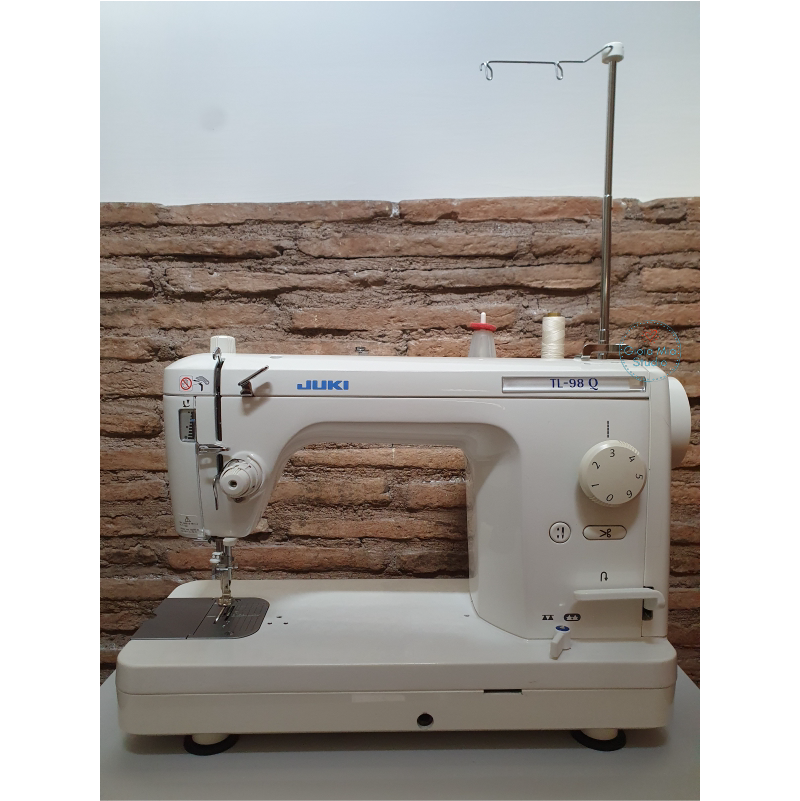
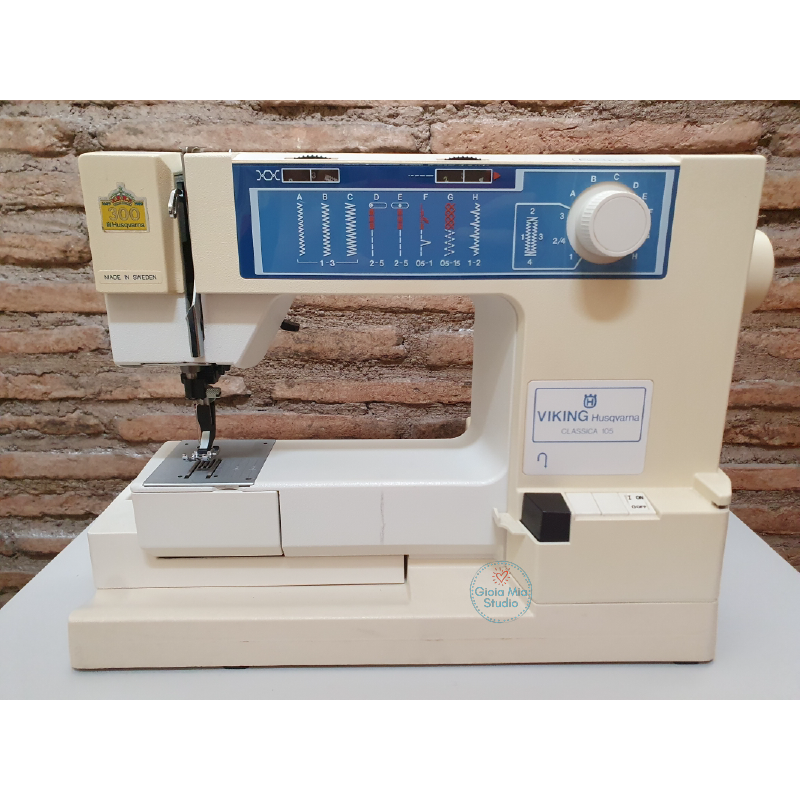
I am at a turning point again in my life where I think I might want to upgrade. My darling Juki is a powerhouse, but it only offers the straight stitch. It doesn’t do any other stitch but straight. So, I am without the blanket stitch or the zig-zag … My Juki only goes straight for days. When I need the other stitches, I use my Husqvarna. But, I feel I am asking too much of my lil’ baby.
Maybe you find yourself in a similar deliemma. You are looking for a machine but you’re not sure what to get. I’ve made a breakdown of the different machines to help you shop. If you are a first time buyer or like me in need of an upgrade, here is some information to help you decide.
3 Main Types of Machines: Basic Home, Semi Industrial, & Industrial
The basic home sewing machine is like my Husqvarna. It is a good machine and gets the job done. It can do small projects and it is great for the occasional sewer. Perfect for a beginner who is using it a few days a week about 3 hours at a time. Let’s say 10-15 hours a week.
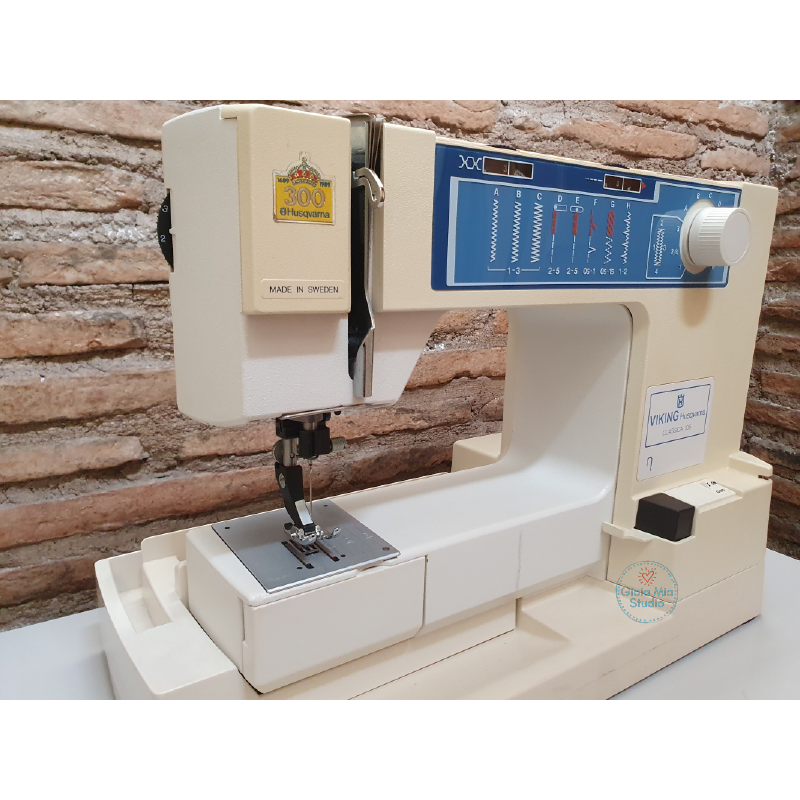
TIPS:
Always read the manual for oil and maintenance procedures. If the machine is acting tired, you might need to take it in for servicing of the parts. Just like you would for a car.
If the machine is tired because you are using it frequently, you might need to upgrade to a stronger machine.
A Semi-Industrial Home Machine is like my Juki-T98-Q. The motor is stronger than the standard home machine. In fact, the motor has similar strength to an industrial machine but it is put into a pretty deisign for use at home. The motor can push through thicker fabric like denim and leather or plow through a quilt top. The motor is so fast! It can do over 1500 stitches per minute. The neck is long, this provides a lot of space for all that quilting. Semi-industrials are usually made of metal and are heavy. Mine is about 25 pounds. However, semi-industrial machines are still portable. Which, is great if you need to move your machine! (My home can’t accommodate an industrial machine that is built into a table. I need portability.)
TIPS: My Juki manual says that I should oil it with every use. That being said, over the years, I have not done this consistently and the machine still works like a dream!

My machine, JukiT98Q, isn’t made anymore. These are the more recent versions of mine, TL2000Qi, TL 2010Q.
www.jukihome.com/products/sewing/tl-2000qi.html
www.jukihome.com/products/sewing/tl-2010q.html
www.jukihome.com/products/sewing/tl-15.html
Industrial sewing machines are large and are built into a table. Think about a factory. The industrial machines are used for mass production. They can work continually for hours on end. These babies have super strong motors that push through the thickest of fabrics or fly over the most delicate of fabrics, and they can do a zillion stitches a minute. Since the integral parts of the machine are about strength, speed, accuracy, and reliance, they usually only offer only one type of stitch. For example, it might only do button holes, or only do straight stitch, or only do zig-zag stitch. Industrial machines are excellent for people who need to crank out a lot of projects. Click here to see a photo:
Straight Stitch – Why only one option?
Why just a straight stitch? It is really all you need as a quilter. So, a lot of quilters choose the semi-industrial machine with just the straight stitch. There are a few machines that are semi-industrial that offer more stitch options. As you read on, I have some information for you on this type of machine.
Mechanical Machines
So when I say mechanical, the sewing machine still uses electricity to function. The mechanical machines don’t have a computer inside, so I must select what I want my machine to do by rotating dials. Look at the Husqvarna… If I want a straight stitch, with the needle in the center, I rotate the dial to the corresponding letter, “E”. Then I rotate the dial to the corresponding stitch length. I must physically rotate everything. The same is true for my Juki. However, it is so simple because there is only one stitch; straight! Sometimes, I adjust the stitch length and tension. That is about it for my physical labour with the Juki. Ha!
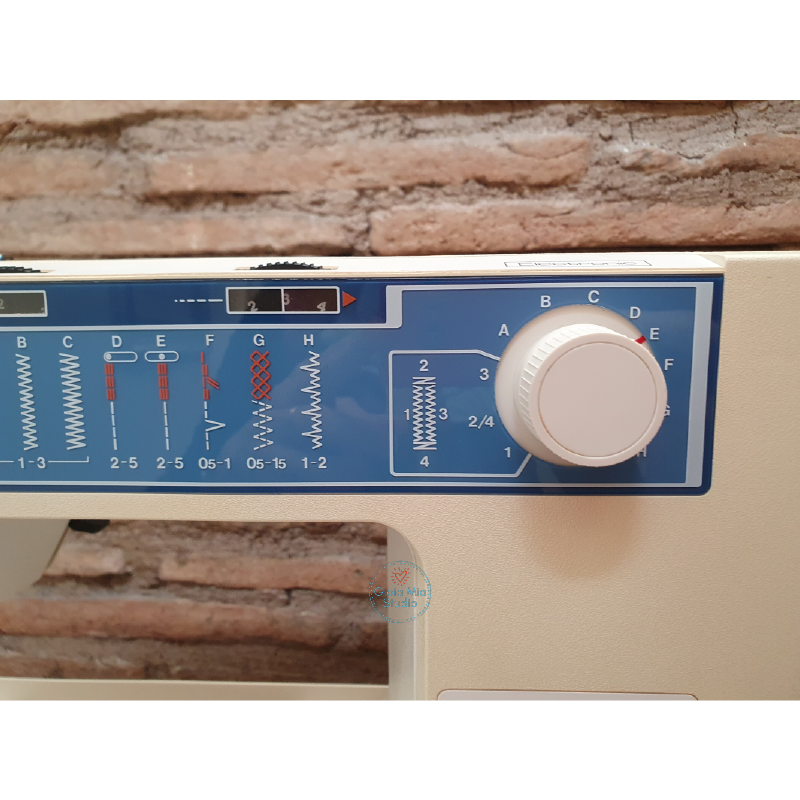
Computerized machines
First of all, what is a computerized sewing machine? It is a sewing machine with a tiny computer inside and a screen attached directly on the machine. Instead of rotating dials, you push a button on a little screen to select your stitches, tension, and length. Some machines offer just a few options of stitches and others offer hundreds! Some machines do complex embroidering such as the alphabet or graphics like a flower or heart.
If I were to have a computerized machine, I would get the Janome MC6700P.
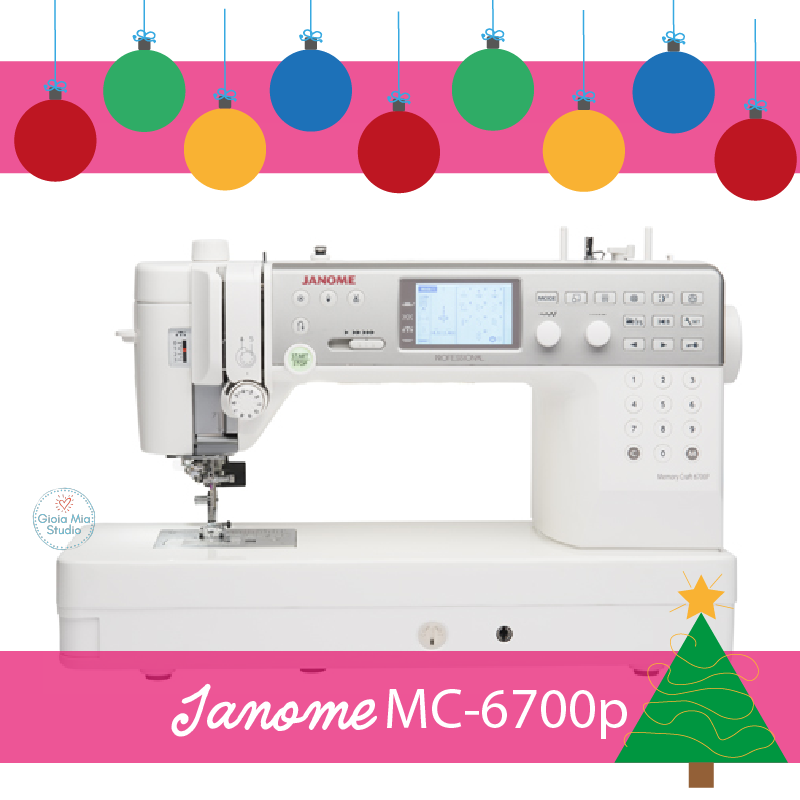
If I were to have a computerized machine, I would get the Janome MC6700P. It has the strength of a semi-industrial machine, it is built of metal, it is heavy and sturdy, it offers more stitches (large wavy or zig-zag for quilt top), control speed of slow, medium or fast (great for free motion quilting), leg lift (can’t live without it), auto thread cut, a bunch of presser feet, and a long neck for space. Plus, it has excellent reviews! Emily Dennis of Quilty Love raves about this machine.
ITALY www.janomeshop.it/prodotto/mc-6700p/
USA www.janome.com/machines/sewing/mc6700p/
Industrial Machines
Industrial sewing machines are large and are built into a table. Think about a factory. The industrial machines are used for mass production. They can work continually for hours on end. These babies have super strong motors that push through the thickest of fabrics or fly over the most delicate of fabrics, and they can do a zillion stitches a minute. Since the integral parts of the machine are about strength, speed, accuracy, and reliance, they usually only offer only one type of stitch. For example, it might only do button holes, or only do straight stitch, or only do zig-zag stitch. Industrial machines are excellent for factories or for people who need to crank out a lot of projects.
Computerized vs Manual
It is a preference. There is no right or wrong. You might love that the computer machine alerts you about exact problems such as the tension is off, the threading is wrong, change the needle, or time for oil. On the other hand, you might have a fear of possible computer problems leaving you without access to your machine. As for a mechanical, it never beeps at you or writes a message on a screen to tell you the problem, you must figure it out yourself with the manual. (I hate being beeped at and I don’t mind reading the manual.) I wouldn’t mind a reminder of when to oil my machine or the message that my tension is off.
Overall, I would stay away from any machine that offers too many bells and whistles. At some point, the integral parts of the machine are compromised when providing too many options. Look for a balance of quality parts and options – in either type of machine.
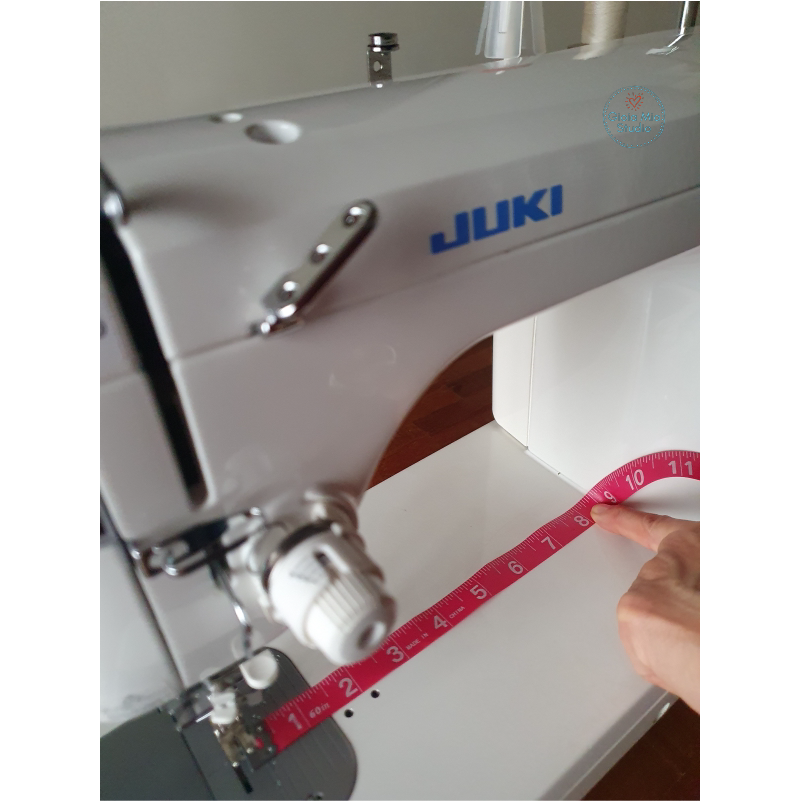
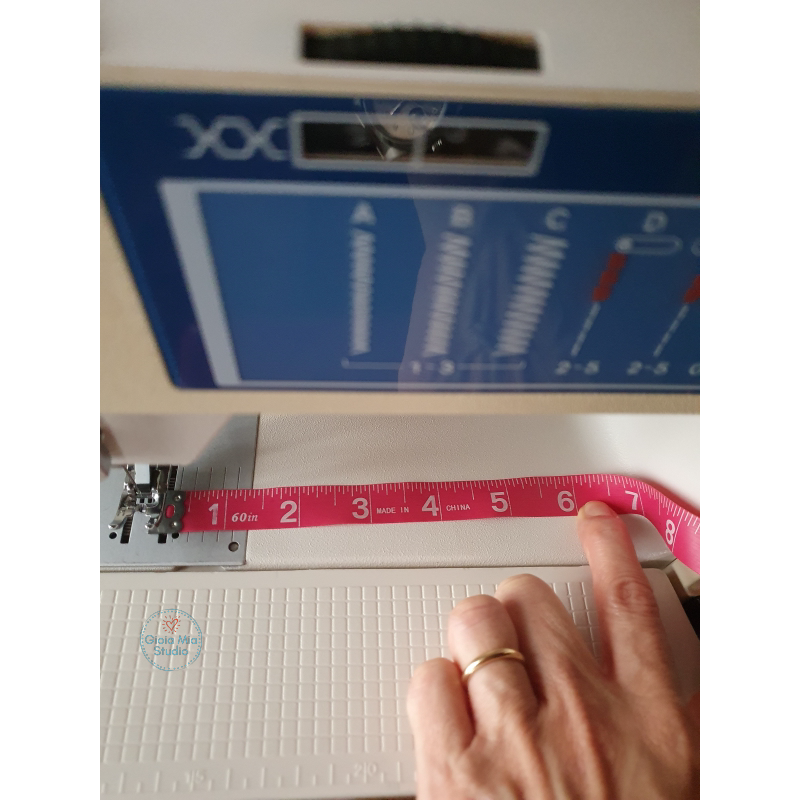
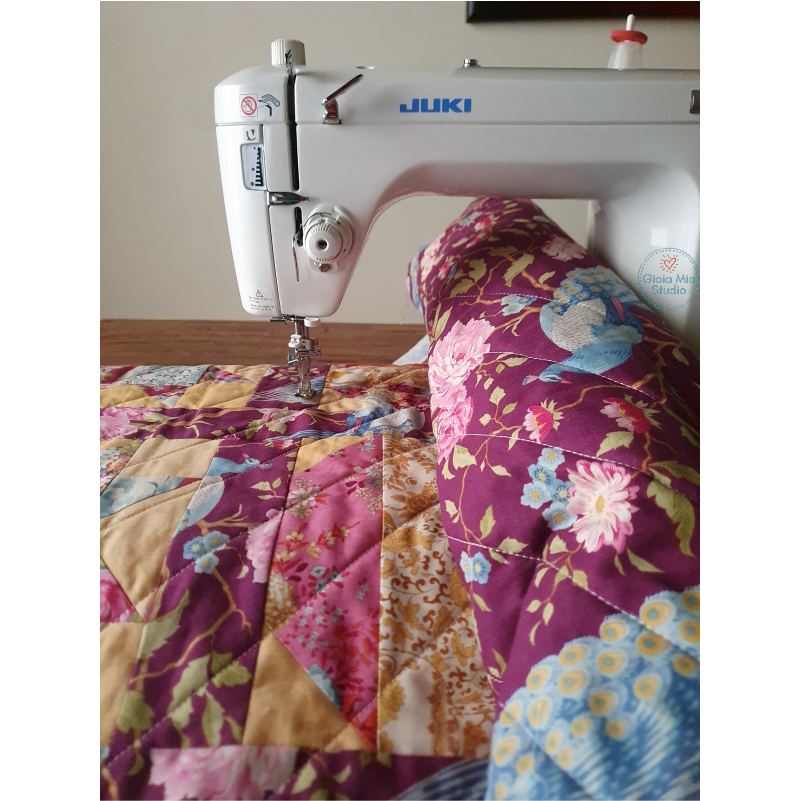
There is plenty of space to work.
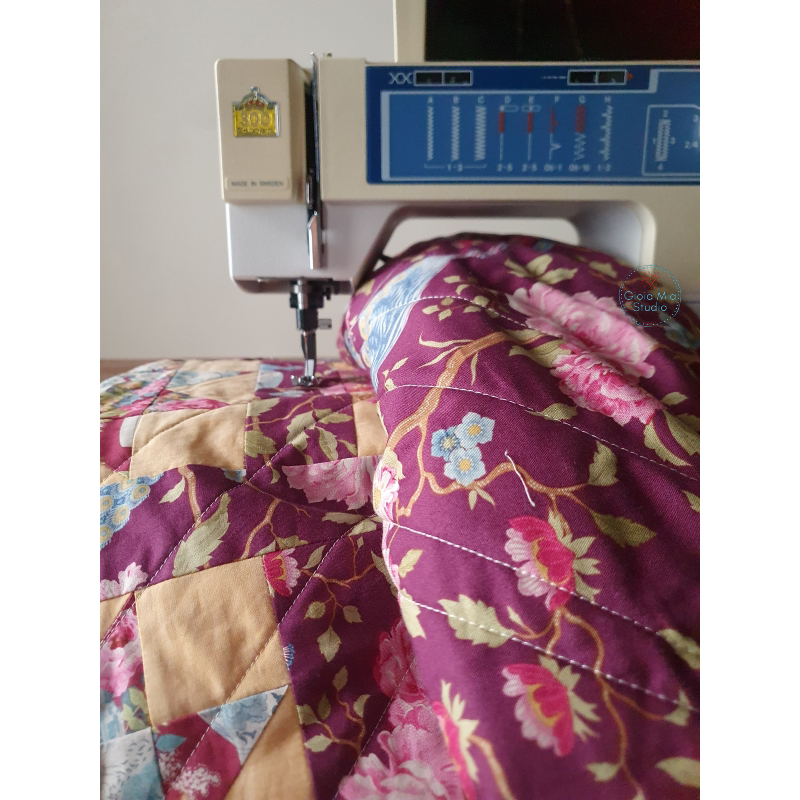
It is just less spacious on the Husqvarna.
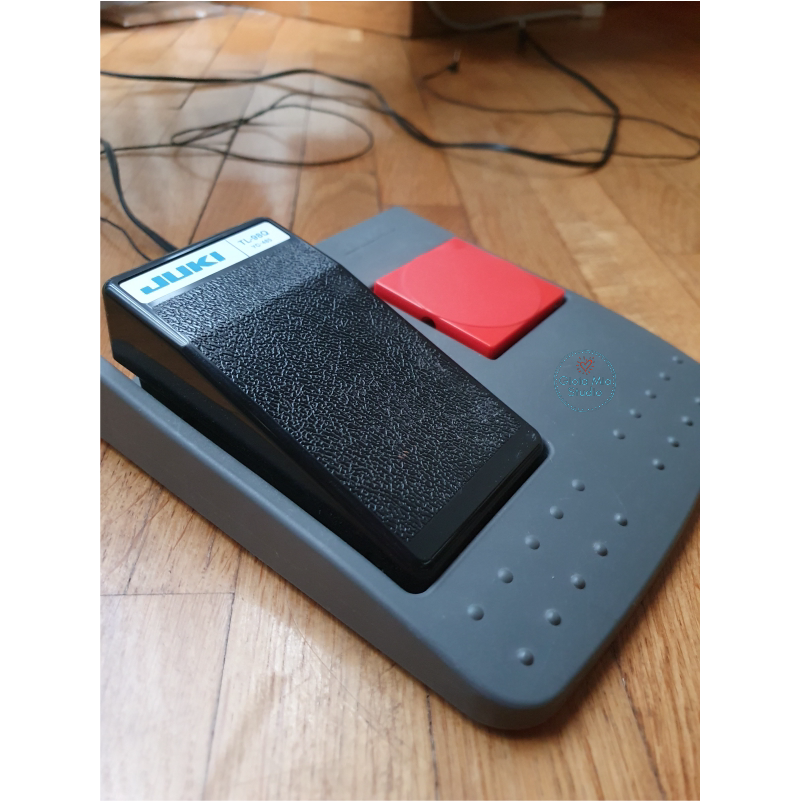
The red button, knots and cuts the thread.
I love the red button feature!

Where to buy your sewing machine
Buy from an authorized dealer. This advice is not because I have an agenda to support small business. Sure small business support is important. But, my desire is to equip you with guarantees, warranty, and quality. Who wants a headache that can follow a bad purchase? The idea is to just start sewing!
- 1) At an authorized deal, take the machine for a test drive. See how it works. Once I almost bought very expensive machine because I was convinced it was the one for me. Then I saw the demo. YIKES! It was definitely not the machine for me. I saved myself a lot of money!
- 2) Avoid fakes at an authorized dealer. In Italy, Juki issued an advisory to Italian customers to purchase from authorized dealers. To summarize the advisory alert to Italians: If you don’t buy from an authorized dealer you could end up with a fake, altered, or problematic machine. Different sales channels provide low prices, but the machine might have an altered voltage unit, a missing manual, or electrical sockets replaced. Click here to read the advisory
- 3) Build a relationship with the authorized dealer who can also maintain your machine for you.
authorized shops in Rome for Janome and Juki:
0f course before going to the store, double check the offical website of any company and look for authorized vendors. In Italian the words are: “Rivenditore Autorizzati”.
www.Cuciroma.Com
CuciRoma is currently an authorized for Janome and Juki
Via Tiburtina, 367, 00159 Roma RM
Tel: 06 4353 2966
Centro Cucito Efficace Andrea is currently an authorized dealer for Janome and Juki
Viale Somalia, 49, 00199 Roma RM,
tel: 06 8620 2572
Authorized Janome shop for Italy:
www.janomeshop.it
Top Tips:
Remember to always refer to your machine’s instructional manual. Put in a safe place where you can access it. It will become your best friend.
You don’t have to spend a fortune for a good machine.
Choose quality over quantity.
Test drive the machine to make sure it is for you. Choose one that makes you
-comfortable
-fits your needs
-is in your budget
A sewing machine is too big of a purchase to trust big online companies like Amazon. It just isn’t worth it. I use Amazon for many things, just not to purchase my sewing machine. Buy through an authorized dealer.
I hope this helps you in your sewing machine search! I will keep you posted if I purchase the Janome MC6700p. Maybe in 2023. Unless…Santa do you hear me!?! 😉
Con affetto da Roma,
Rachel xo
